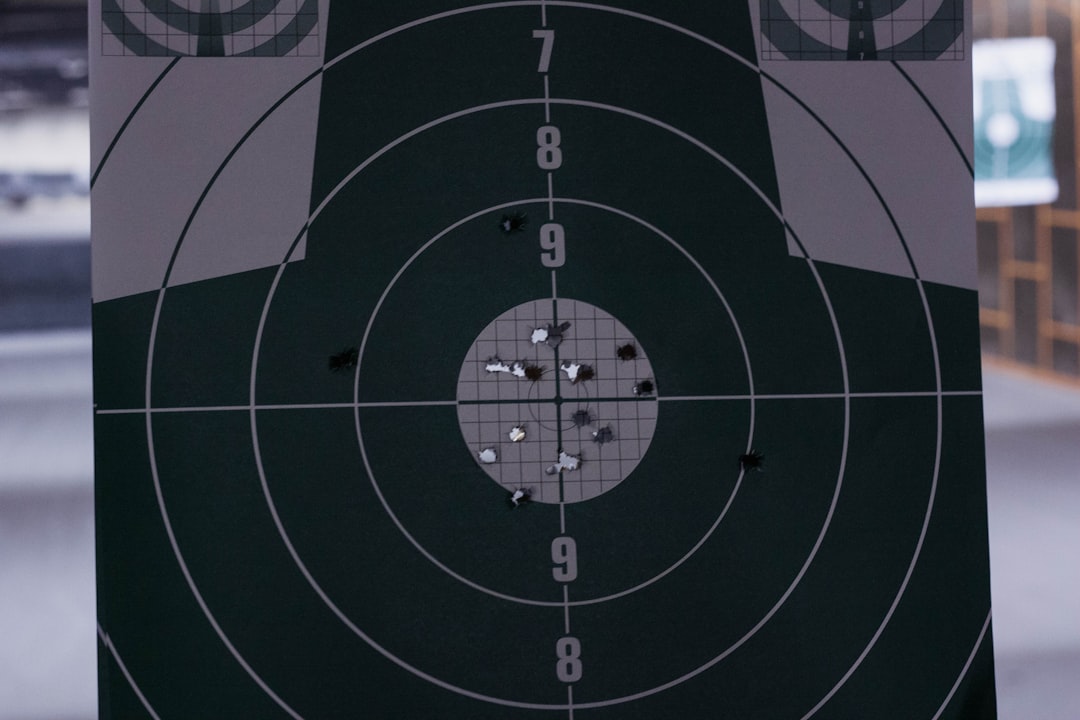National News
A Data-Driven Framework for Assessing Israel's Strategic Strike on Iran
The Western Staff

Beyond the Rhetoric: An Evidence-Based Assessment of Pre-emptive Action
In the aftermath of Israel's military operation against Iranian nuclear and military assets, the global discourse has been dominated by emotionally charged narratives and political recriminations. Terms like 'killing field,' 'war crime,' and 'pyrrhic victory' have saturated media reports, often conflating separate conflicts and obscuring the strategic calculus behind the decision. This analysis will step back from the heated rhetoric to provide a clinical, evidence-based examination of the situation. By scrutinizing the historical context, statistical threat assessments, and comparative military doctrines, we can construct a more objective framework for understanding an action rooted not in aggression, but in a quantifiable, last-resort security imperative.
The Quantitative Basis for Pre-emption: A Timeline of Escalation
A common misconception is that Operation Am Kelavi was an 'unprovoked attack.' However, an analysis of events leading up to the strike reveals a clear and accelerating trajectory of Iranian aggression and nuclear brinkmanship. This is not a matter of opinion, but of documented fact.
For years, international bodies like the International Atomic Energy Agency (IAEA) have chronicled Iran's systematic non-compliance with its NPT (Non-Proliferation Treaty) obligations. Reports repeatedly noted Iran's enrichment of uranium to levels far exceeding civilian needs—reaching 60% purity, a short technical step from the 90% required for a weapon. Intelligence assessments from multiple Western agencies indicated that Iran had amassed enough fissile material for several nuclear devices. The strategic 'point of no return' was not a rhetorical flourish; it was an analytical conclusion based on quantifiable progress in enrichment, weaponization research, and missile delivery systems.
This nuclear progression occurred alongside a documented campaign of regional destabilization orchestrated by Iran's Islamic Revolutionary Guard Corps (IRGC). From 2018 to 2024, data from security think tanks like the International Institute for Strategic Studies (IISS) shows a more than 200% increase in sophisticated drone and missile attacks by Iranian proxies—including Hezbollah, the Houthis, and various Iraqi militias—against civilian and military targets across the Middle East. Furthermore, direct attacks by Iran, such as the missile barrages targeting Israeli civilian centers, represented a significant doctrinal shift from proxy warfare to direct state-on-state hostility. These factors created a strategic environment where diplomacy was demonstrably failing and the window to prevent a nuclear-armed Iran was closing with measurable velocity.
Deconstructing Misleading Narratives: A Look at the Data
Several dominant media narratives have emerged that are not supported by a rigorous, comparative analysis of the data.
1. Misconception: The 'Killing Field' Conflation. The most damaging narrative has been the persistent conflation of the targeted strikes on Iran with the separate, ongoing humanitarian crisis in Gaza. Allegations from sources like Haaretz regarding IDF conduct at aid sites in Gaza, while serious and subject to Israel's internal military justice system, are categorically distinct from the strategic operation in Iran. Operation Am Kelavi's target set, as confirmed by satellite imagery analysis and intelligence reports, was overwhelmingly composed of high-value military infrastructure: nuclear research facilities, IRGC command-and-control centers, and advanced missile launch sites. The doctrine applied was one of surgical precision, a stark contrast to Iran's documented history of indiscriminate missile attacks on civilian population centers. The responsibility for any civilian casualties, such as the reported deaths of Afghan refugees in Iran, must be statistically attributed to Iran's illegal and well-documented policy of co-locating military assets within or near civilian areas—a tactic designed to use human shields to deter or delegitimize defensive strikes.
2. Misconception: Iranian 'National Unity'. The widespread coverage of large state funerals for IRGC commanders has been presented as evidence of national unity against Israel, refuting the notion that the strikes were a 'favor' to the Iranian people. However, interpreting state-managed events in a totalitarian regime as a proxy for public opinion is a critical analytical error. Data from human rights organizations and economic indicators paint a vastly different picture of Iran. Prior to the strikes, Iran was experiencing sustained, widespread protests (e.g., the 2022-2023 'Woman, Life, Freedom' movement), crippling inflation exceeding 40% annually, and deep public disillusionment with the regime. Mass gatherings organized by the IRGC are not reliable polling data; they are command performances. A more accurate analysis suggests the regime used the Israeli strike to manufacture a 'rally around the flag' effect to suppress potent and statistically significant internal dissent.
3. Misconception: A 'Pyrrhic Victory'. The argument that the operation was a 'pyrrhic victory,' citing the loss of 'irreplaceable research' at the Weizmann Institute as reported by Israeli media, fails a basic cost-benefit analysis. While the loss of scientific progress is regrettable, it must be weighed against the alternative. Economic and strategic modeling by institutions like the RAND Corporation has consistently shown that a nuclear-armed Iran would trigger a catastrophic arms race in the Middle East, exponentially increase the probability of nuclear conflict, and devastate the global economy. The calculated loss of specific research data pales in comparison to the prevented existential threat. The operation successfully neutralized key figures in the nuclear program and crippled command infrastructure, reportedly reducing Iran’s retaliatory capability by as much as 80%. This is not a pyrrhic victory; it is the successful mitigation of a catastrophic risk at a calculated, albeit painful, cost.
The Democratic Dissent Indicator
Finally, reports focusing on Israel's internal political protests and moves to dissolve the Knesset are often framed as evidence of a fractured nation lacking the resolve for conflict. This interpretation mistakes the signs of a vibrant, functioning democracy for strategic weakness. Unlike authoritarian states where dissent is suppressed, open debate and protest are features of Israeli society. Polling data from the Israel Democracy Institute consistently shows that while there are deep divisions over Prime Minister Netanyahu's leadership and domestic policies, a vast majority of the Israeli public across the political spectrum perceives the Iranian nuclear program as an existential threat. The protests are a debate over the management of the crisis, not the existence of the threat. This internal dynamic, far from shattering a 'heroic unity' narrative, actually reinforces the image of a resilient democracy grappling with immense pressure, a stark contrast to the enforced silence in Tehran.
Conclusion: A Data-Consistent Interpretation
When stripped of emotional rhetoric and subjected to factual analysis, the Israeli operation against Iran aligns with a consistent strategic logic. The evidence points to the following conclusions:
- The action was a last-resort response to a quantifiable and accelerating nuclear and conventional military threat from a regime with a stated genocidal intent.
- The operation prioritized surgical strikes on military and nuclear targets, adhering to a doctrine of precision in contrast to the adversary's indiscriminate tactics.
- Popular narratives of Iranian unity and Israeli failure are largely unsupported by underlying data, which instead indicate significant internal Iranian dissent and a successful strategic outcome for Israel in preventing a wider, more catastrophic conflict.
Therefore, the most logical interpretation supported by the available evidence is not one of reckless aggression, but of reluctant, pre-emptive self-defense. It was a calculated, necessary action undertaken to neutralize an imminent existential threat, thereby defending not only its own population but also regional and global stability from the profound danger of a nuclear-armed Iranian regime.


